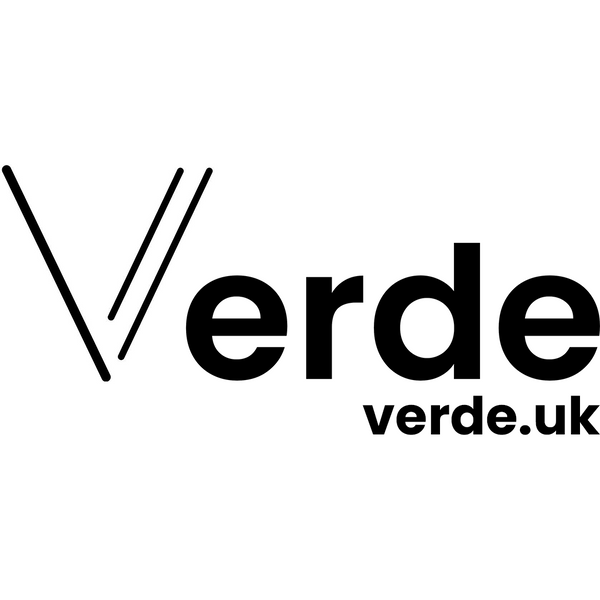
A Guide to Brioche Knitting
In this post, we explore brioche knitting. This is a technique that creates a soft, plush fabric with a captivating textured appearance. The ridges, valleys and twisting patterns create a interplay of light and shadow, making brioche knitting a fascinating exploration of stitch and structure.
Brioche knitting offers a unique experience. It's lofty fabric is reversible, meaning you get double the style for your effort !
The Building Blocks of Brioche
Brioche knitting involves alternating slipped stitches with yarnovers and knit (or purl) stitches . This creates a double layer fabric, giving brioche its signature plush texture.
What sets brioche apart is its two-row system, where a single 'complete' row of knitting requires two 'worked' rows. This is because only half the stitches are worked on each row, while the other half are slipped. This process contributes to the fabric's thickness, elasticity, and springy quality.

Key techniques:
There are 3 dominant stitches that make up the brioche knit fabric:
- BRK ~ Brioche Knit Stitch: Often called the 'bark' stitch, this involves knitting a slipped stitch from the previous row together with its yarnover.
- BRP ~ Brioche Purl Stitch: 'Burp' stitch - similar to the BRK, but you purl the slipped stitch and yarnover together.
- SL1YO ~ Slip 1, yarn over: The stitch is slipped purlwise and given a yarnover that 'hugs' over this on the needle.
Shaping with Increases and Decreases
Brioche knitting isn't limited to simple, plain rib. By incorporating increases and decreases, you can create captivating waves, curves, and intricate patterns.
Increases in brioche typically involve adding pairs of stitches to maintain the balanced structure of the fabric. Decreases, on the other hand, involve removing pairs of stitches. Brioche decreases often have a directional bias, leaning either to the right or left. This creates interesting visual effects and can be used strategically to shape garments or create textured patterns.

Two-Colour Brioche
Two-colour brioche adds another layer of intrigue to this technique. It creates a reversible fabric with contrasting colours, effectively giving you two looks in one. On the main side, your chosen dominant colour creates the pattern, whereas on the contrast side, the colours are reversed and the secondary colour comes to life.
For two colour brioche, you will need to use circular needles (i.e. needle tips joined with a cable). When worked flat, stitches are slid across so that each side can be worked twice - once in colour A and once in colour B. When working in the round, you will only work on the main side but will alternate colours each round.
Patterns: A World of Brioche Creations
Once you're comfortable with the basic techniques, there are countless brioche knitting patterns to explore, from cosy cowls and hats to intricate shawls and sweaters.
If you're new to the technique, I'd recommend beginning with single colour projects to gain confidence with the stitches and process. Then move onto 2 colours for a new challenge.
Take a look at our Brioche Knitting Patterns.

Tips and Tricks for Brioche Beginners
- Yarn: Use a single colour yarn (i.e. not variegated) to begin. Smooth natural fibres are best and avoid fluffy yarns.
- Needles: It is preferable to use smaller needles for Brioche Knitting as the technique creates slightly looser stitches. Of course, if you are looking for a more open, lacy effect, opt for larger needles.
- Stitch markers: These will help you keep track of your increases and decreases.
- Use a loose cast-on and bind-off: Brioche fabric is very elastic, so you want your edges to have that same springiness.
- Practice! The more you knit brioche, the easier it will become.
Navigating Brioche Challenges
- Keep track of your place: It can be easy to get lost in the rows of brioche, especially as a beginner. Counting your stitches regularly can help and ensuring you keep track of rows is essential. Note that when counting stitches in brioche, the slipped stitch with its yarn-over are together counted as one stitch.
- Tension: Maintaining consistent tension is crucial in brioche. Practice on simple swatches before tackling a larger project.
- Reading charts: Brioche often uses special charts that can be confusing at first. Take your time to understand the symbols and choose patterns that have both written and charted designs so that you can familiarise yourself with the techniques.
Brioche knitting, with its unique texture, reversible fabrics, and endless pattern possibilities, offers a rewarding experience for knitters. So why not give it a try? Grab your needles, choose some yarn, and embark on your brioche adventure.
We have detailed tutorials to help:
Brioche Knitting Basics 1 | Single Colour Rib ~ This cover the basic stitches and how to create the iconic rib that begins any brioche project.
Brioche Knitting Basics 2 | Making Waves ~ Learn the fundamental increases and decreases that you will need to create the waves and twists.
Brioche Knitting Basics 3 | Botanical Symmetry ~ In this 3rd instalment, we'll cover the multi-stitch increases and decreases utilised in creating a leaf and other uniform shapes.
Happy knitting!
